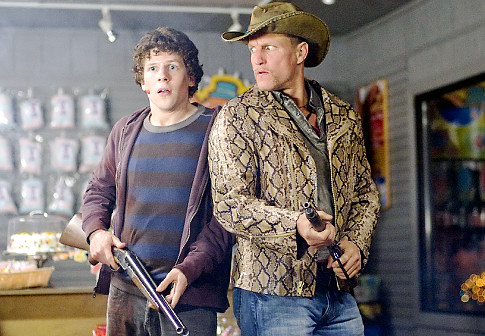
Curb Your Enthusiasm finale, “Seinfeld”, may be the best final episode of a TV series that I ever saw. It builds a bridge between two television legends that Larry David’s über-selfish mind spawned, it comments on both, and incarnates them at the same time. Not to reveal too much to those who hadn’t seen it yet, it’s fair to say that CYE finale managed to become one of the best Seinfeld episodes I ever saw.
One especially poignant moment comes when – after a jealous feud with Jason Alexander – Larry David auditions for the part of George (which he originally based on himself). And, however paradoxical it may seem, he doesn’t look the part: Jason Alexander owns it to the extent that Larry can only end up aping his quirks. It’s a great scene that exorcises the creator’s relationship to his own autobiographical creation – imagine Tennessee Williams in drag, playing Blanche, and you will get the idea.
Needless to say (spoiler coming up!), in the end we witness more than one reunion – the Seinfeld cast one being the less significant of the two. And even though there’s a sudden (and welcome!) surge of sweetness as Cheryl and Larry hug, it gets checked almost immediately – Larry again plunges into his obsessive pettiness (“Dou you respect wood, Cheryl…?”). This time around though, it’s because of these obsessions that Cheryl adores him. What can I say, but to applaud this ultimate neurotic’s dream?








